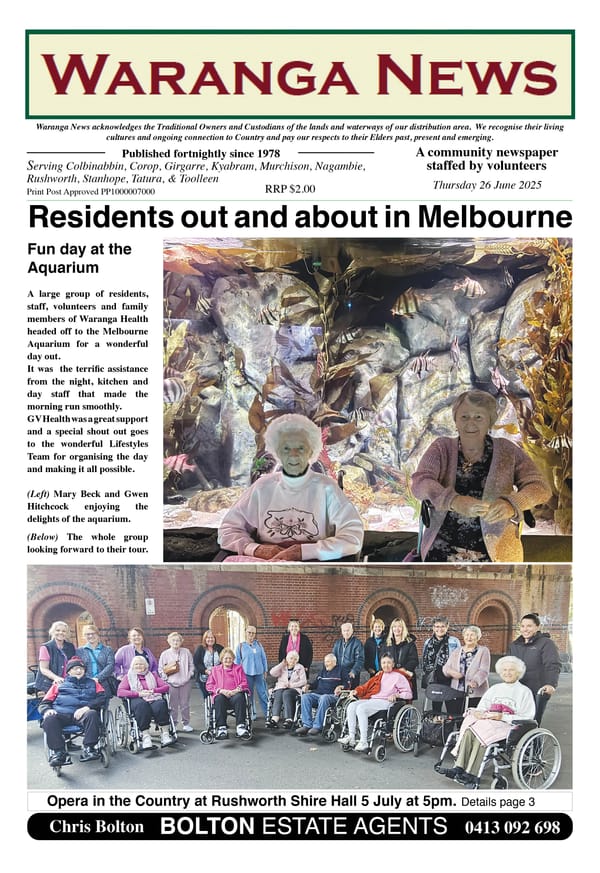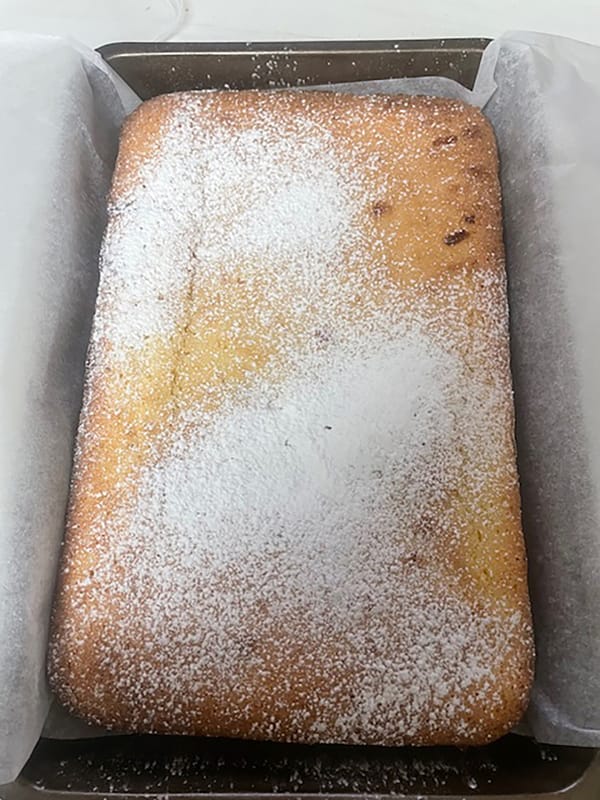11. Teamwork

As we have seen earlier, the Chinese gold miners were used to working in teams. Sometimes, this was a group of indentured workers, often from the same geographic area of China. When their debts were paid off, the miners were free to form their own groups to work a claim. Other groups that were wealthy enough to pay their own passage to Australia and purchase their basic supplies could do that from the outset.
When working a cradle, teamwork was essential, so this method of gold extraction suited the Chinese miners. One historian describes the make-up of a team thus – “For maximum efficiency, at least four men were required to work this system: One dug the stuff from the ground, another carried it to the cradle and emptied it on the sieve; the third gave a rocking motion; while the fourth dashed on water…using a ‘dipper’ (a large can on the end of a rod). This team could be expanded to include someone to ‘puddle’ the stuff before placing it on the sieve.”1
Sometimes, more than one of the tasks might be completed by one member of the team. When conditions were dry, some of the team members would be needed to cart water from time to time.
DIGGING THE DIRT
The term ‘alluvial mining’ gives the impression that the miners were just digging near the surface, but sometimes the conditions required them to dig much deeper. Some contemporary commentators thought that if they were digging shafts, the Chinese miners dug round shafts, while the Europeans usually dug square or rectangular ones. However, this appears to be a myth as both square and round shafts have been found in areas mined by both groups. With alluvial mining, quite often the Chinese miners used a process called ‘paddocking’, where rather that digging a shaft, the entire surface was systematically removed to put through puddling machines and cradles.
When the above-mentioned researcher was experimenting with the use of a cradle “It turned out that the cradle could process about 10 ‘easy’ shovels-full at a time, and that the classifier sieve had to be emptied of the heavier material about every third shovel-load…We didn’t have anything to ‘puddle’ the stuff in before cradling it, and as it turned out, this would have been preferable as some of the clay was extremely sticky and stiff, and had to be loosened by hand.”1
DIFFERENT TECHNIQUES
You would think that working a cradle would be similar everywhere. However, the type of alluvium did have an impact on the process. A miner on the goldfields in the north-east of Victoria, working in the 1850s, explains -
“…soon after beginning to wash our stuff, Whitelaw and G— had a quarrel which rose from the latter finding fault with the former’s method of cradling. At Forest Creek, whereby G— had learned to cradle, the gold is coarse and nuggety, slow cradling and plenty of water is generally used there, on the other hand at the Sydney diggings where Whitelaw had learned to cradle, the gold is extremely fine which requires fast cradling and very little water, so as not to wash away the finer particles; now the gold on these diggings happened to be of the same kind as that on the Sydney side, therefore it should be washed like it: an experience of more than two years has proved this to be the most effectual way, yet G— would persist in maintaining that the cradling for one class of gold would do that for the other, and words rose between them on the issue of this dispute, which ended in a separation when the stuff was washed…”2
The Forest Creek goldfields being referred to in the quote were around Castlemaine, so it was box-ironbark country like Waranga. This may have required the first method of cradling. The Chinese miners also worked a lot of mullock heaps, where you would expect that a lot of the bulkier material had already been removed and only the finer gold remained. As a result, the second method developed at the Sydney diggings might have been more appropriate those circumstances.
References: 1 Life on Spring Creek blog by Jacqui Durrant 2.10.2015; 2 Edward Ridpath, Journal, MS 8759, Box 1012/4, State Library of Victoria manuscripts collection, pp.21-22 (quoted in Ref 1)



